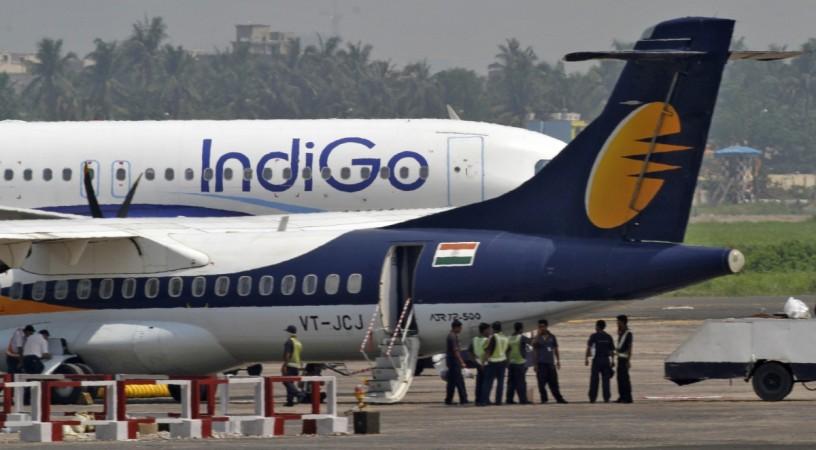
The International Air Transport Association (IATA) revised its 2016 financial outlook for global air transport industry at its annual meeting held in Dublin. It's a mix of both good news and bad news for the $700 billion industry.
Here are the highlights of the projections made by IATA:
Passenger demand, PLF, revenues
The industry body said passenger demand is expected to grow at 6.2 percent in 2016, lower than the 7.4 percent growth rate posted last year, while the passenger load factor (PLF) will dip marginally to 80 percent from 80.4 percent in 2015. The passenger business revenues are likely to fall to $511 billion this year, down $7 billion from 2015.
Profits, overall revenues
On the positive side, IATA revised its profit figure to $39.4 billion from its December 2015 estimate of $36.3 billion forecast. The revised figure is higher than the aggregate profit of $35.3 billion the industry generated in 2015, it said in a statement.
"Lower oil prices are certainly helping — though tempered by hedging and exchange rates... consumers are getting a great deal and investors are finally beginning to see the rewards they deserve," Tony Tyler, IATA's Director General and CEO, said in the statement.
Overall revenues (passenger and cargo) are expected to rise to $709 billion in the current year.
Gains from falling crude oil prices
Overall, fuel is expected to represent 19.7 percent of the industry's expenses, down from a recent high of 33.1 percent in 2012-2013. The outlook is based on oil averaging $45/barrel (Brent) over the course of the year, which is significantly lower than the $53.9 average price in 2015.
Cargo business
The cargo side of the business remains in the doldrums with 2.1 percent demand growth. Cargo yields are expected to fall by 8 percent in 2016. Overall, cargo is expected to generate $49.6 billion in revenues, down from $52.8 billion in 2015.
Fleet acquisition
In 2016, airlines are expected to take delivery of almost 1,900 new aircraft. About half are projected to replace less fuel-efficient older aircraft.
Challenges in Asia-Pacific
Asia-Pacific airliners are expected to post $7.8 billion profit in 2016, up from $7.2 billion in 2015. Capacity is forecast to expand by 9.1 percent, while demand is likely to grow by 8.5 percent in 2016. Challenges include intense competition as the budget sector expands, restructuring in the Chinese economy and continuing infrastructure and cost difficulties in the Indian market.
The Indian aviation space comprises national carrier Air India and private companies SpiceJet, Jet Airways, Indigo, GoAir and AirAsia India. Indigo is the largest player in the industry with a market share of about 38 percent.
GoAir got its 20th and its first Airbus A320 Neo aeroplane on Friday, making it eligible to fly on international routes under the 5/20 rule.








